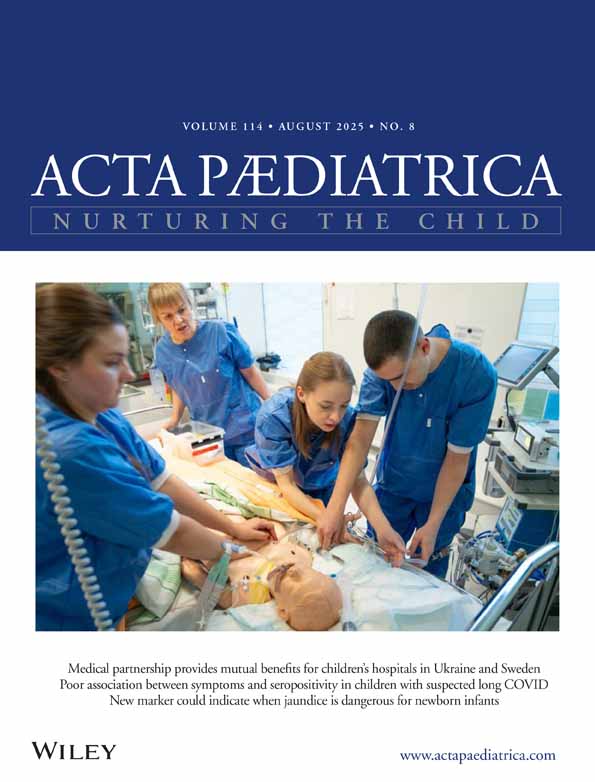Cerebrospinal fluid shunt infections in infants and children in Mobile, Alabama
This paper was partly presented at the American Federation of Medical Research in New Orleans, Louisiana on February 6, 1997.
Abstract
Cerebrospinal fluid shunt systems are used to treat hydrocephalus in infants and children; unfortunately, some shunt systems become infected. We sought to define the epidemiology of shunt infections and shunt survival prior to infection at our institution. We identified 268 shunt procedures performed from January 1990 to June 1996 in 145 patients. There were 29 episodes of shunt infection for an incidence of 10.8% per procedure and 13.1% per patient. Staphylococcus epidermidis was the most common isolate recovered. The probability of shunt infection was highest during the first 8 weeks after a shunt procedure and subsequent infection was less likely after 28 weeks.




